Melbourne-headquartered renewable energy industry body Clean Energy Council (CEC) research has found 80% of respondents to an Australian-wide survey support rooftop solar.
Solar farms followed in favour at 69% and almost 70% of participants expressed belief there is a need to build more renewable energy projects in preference to nuclear (35%) or coal (33%) generation.
The case for nuclear power generation in Australia was also put in question by the release of a federal parliamentary select committee nuclear inquiry interim report.
Focussed on whether nucear power generation could be rolled out in an acceptable timeframe and how affordable it would be, when compared to alternatives such as renewables, the evidence garnered so far in the committee’s research said no on both counts.
Over 2,500 respondents participated in the CEC independently sourced research, which also found 73% support hydropower, 60% onshore wind, 59% offshore wind and 50% gas.
Australia passed a 4 million rooftop solar installation milestone in November 2024, which collectively produces 25 GW of electricity and introduced 3.15 GW in the previous year, through 333,447 small scale solar system installs.
A record 60% of total generation into the New South Wales (NSW) market by rooftop solar on Sunday in February 2025, reflects the uptake.
The CEC research forms the basis of a new anti-misinformation campaign called Clean Energy works for Australia.
CEC Chief Executive Kane Thornton said clean energy, such as the sun and wind, backed by batteries, pumped hydro and gas, will keep the lights on and are available now.
“These technologies work together to generate, store and deliver electricity Australians can rely on. It’s the most timely and affordable option to replacing Australia’s unreliable and retiring coal-fired power stations which can no longer go the distance,” Thornton said.
Thornton added there are already four million Australian households and businesses saving $6 billion (USD 3.8 billion) a year with rooftop solar, which is a fraction of what’s possible at a national scale if the current path is maintained.
“Not to mention the 40,000 additional jobs this industry will create by 2030,” he said.
Aiming to dispel misinformation in the lead up to the federal election, CEC has published a new energy fact check website supported by the research to combat myths about renewables.
Solar Citizens Chief Executive Officer Heidi Lee Douglas said muddying the waters with claims about nuclear energy delays closing coal fired power stations.
“Australia needs to see action on getting access to rooftop solar to 60% of Australians who currently miss out – renters, people in apartments and in social housing,” Douglas said.
“We need to see a federal home battery rebate so more people can soak up the abundant energy they produce in the daytime and a target of a million home batteries to firm the grid and bring down energy prices for everyone.”
Updated, 26 February 2025
This content is protected by copyright and may not be reused. If you want to cooperate with us and would like to reuse some of our content, please contact: editors@pv-magazine.com.
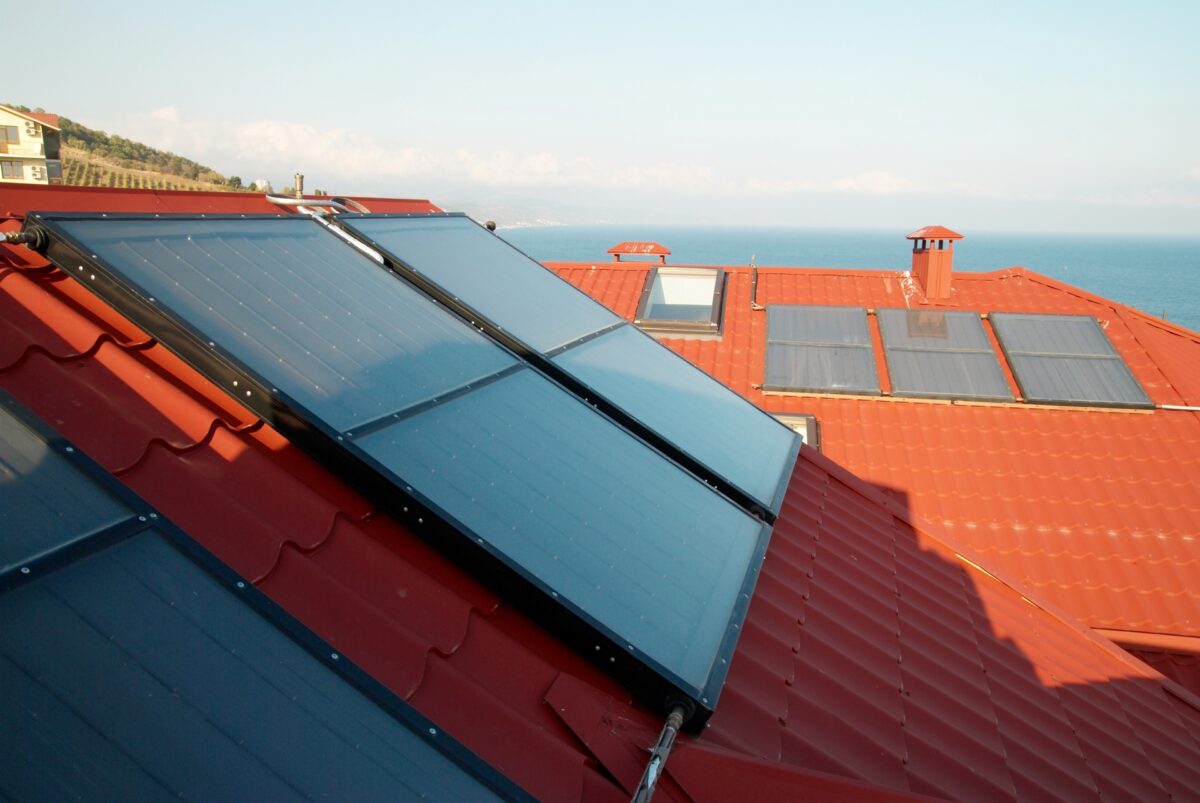
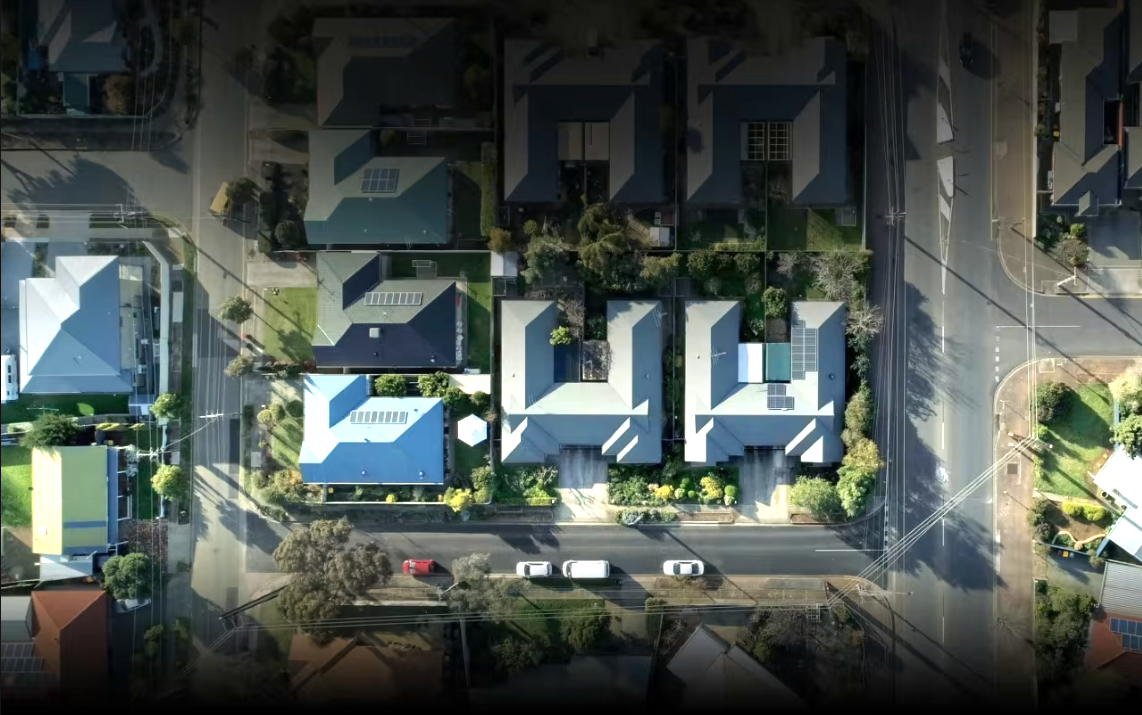

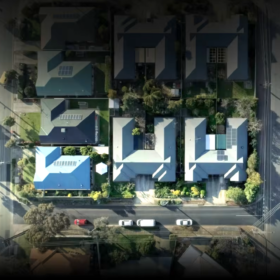
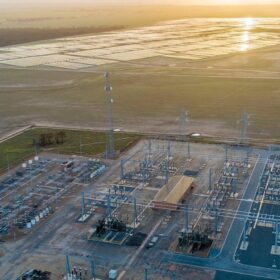
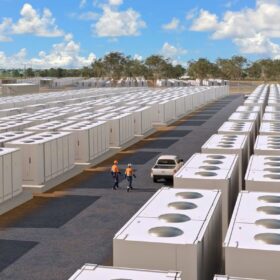
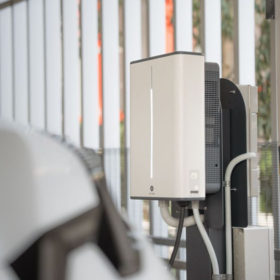
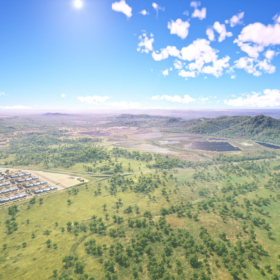
By submitting this form you agree to pv magazine using your data for the purposes of publishing your comment.
Your personal data will only be disclosed or otherwise transmitted to third parties for the purposes of spam filtering or if this is necessary for technical maintenance of the website. Any other transfer to third parties will not take place unless this is justified on the basis of applicable data protection regulations or if pv magazine is legally obliged to do so.
You may revoke this consent at any time with effect for the future, in which case your personal data will be deleted immediately. Otherwise, your data will be deleted if pv magazine has processed your request or the purpose of data storage is fulfilled.
Further information on data privacy can be found in our Data Protection Policy.